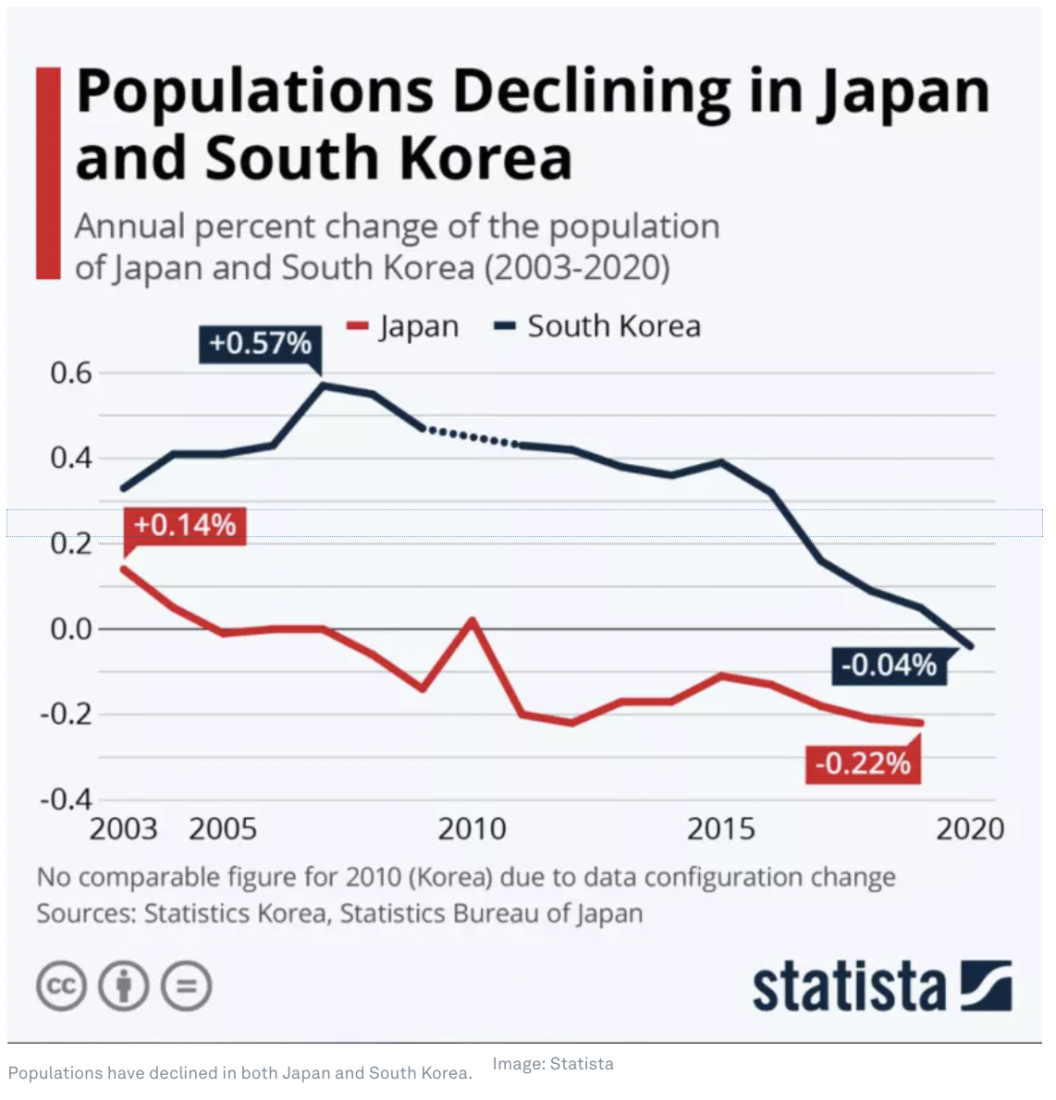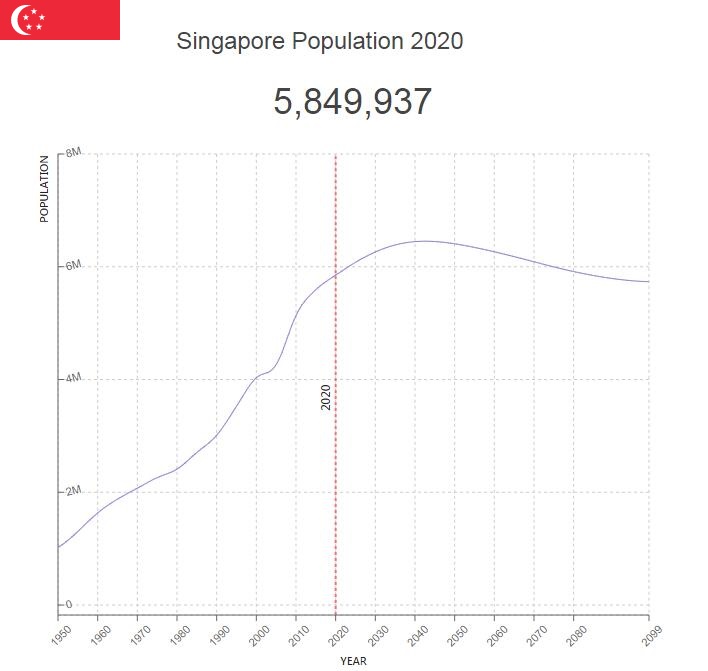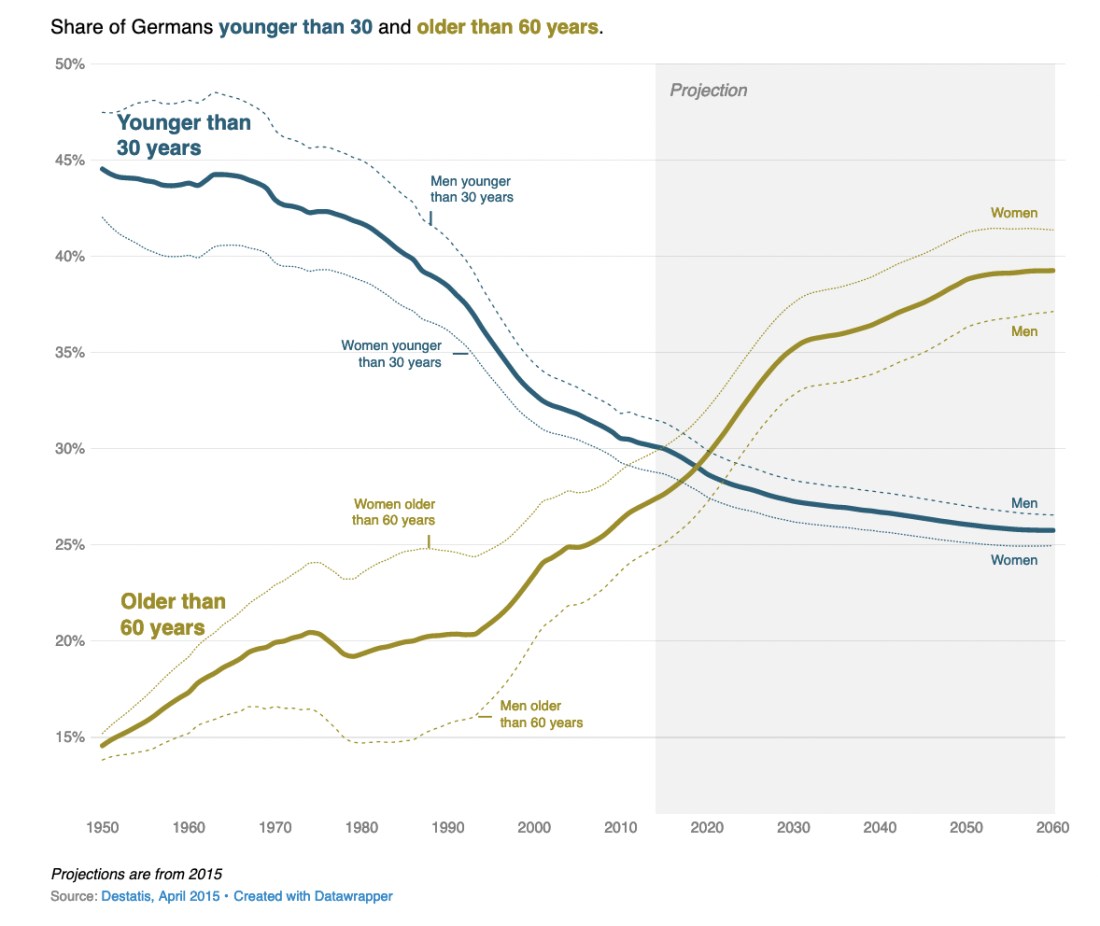Earlier this month (February 1, 2022), I mentioned the steps that Germany and the US have taken recently to remediate the decline in their workforces. Both countries basically declared that they are going to initiate brain drains from abroad (mainly from poorer countries). Germany said that it intends to initiate the yearly immigration of 400,000 skilled workers, while the US announced a new policy to facilitate the attraction of students in the sciences, presumably with the thinking that many of them will stay once they finish their studies.
The decrease of the “native” (excluding immigration) workforce follows a global decrease in fertility rates and an increase in life expectancy. Type “population decrease” into the search box and you will find multiple earlier entries that relate to the topic. However, only one significant entry pops up if you search for “robotics” (February 11, 2014) and it’s from 8 years ago. It addresses the global shipment of robots, using data through the year 2011. It’s time to revisit the issue.
Figure 1, taken from The Robot Report, summarizes the issue as it stands presently. The site adds the following information:
There are more than three million industrial robots operating in factories around the world, according to the International Federation of Robotics (IFR). In 2020, there was $13.2 billion of new robot installations.
Robot density, a metric used by the IFR, measures the number of robots per 10,000 workers in an industry. From 2015 to 2020, robot density nearly doubled worldwide, jumping from 66 units in 2015 to 126 units in 2020. In 2020 alone, robot density globally jumped from 113 units in 2019 to 126 units.
Regionally, Asia has the highest robot density in 2020, sitting above the global average at 134 units. Europe is slightly below the global average, with 123 units, followed by the Americas with 111 units.
The total number of people employed worldwide is estimated at 3.3 billion. In contrast, about 3 million industrial robots operate around the world, meaning they account for only 0.1% of the global workforce. However, in South Korea (the Republic of Korea) robots already account for 10% of the workforce and globally, the growth rate of robotics is 10%. These are significant numbers. Presently, the shift to robotics is confined to rich countries (including S Korea).
Figures 2 – 6 show the recent population changes that are taking place in the five countries with the largest robot densities, as shown in Figure 1. Each of these countries has its own dynamic.

Figure 2 – Population changes in Japan and South Korea (Source: World Economic Forum)

Figure 3 – Population changes in Singapore (Source: Countryaah.com)

Figure 4 – Population changes in Germany (Source: Visual Capitalist)
What deserves special attention is the relative changes in the age group composition in Germany, as shown in Figure 5.

Figure 5 – Changes in the age distribution of the German population (Source: Visual Capitalist)

Figure 6 – Changes in the population growth of Sweden (Source: Statista)
The increases in robotics and brain drain haven’t yet caused social and governmental disruptions on the level of increased immigration but we are still at the beginning of the trend. This gives us some time to address the social consequences that are sure to come.


When it comes to the robotic industries, there’s pros and cons to it. In a way, robots are more efficient compared to human’s natural skills. They can work for longer hours, at a faster pace, perform extraordinary work, and less people will get hurt. In fact, there are workers who works under terrible conditions in industries which is really bad for their health. However, as robots slowly replace humans, more people are being unemployed. Families who depend on this job (even if they are paid under minimum wage) no longer have any jobs to support their living, since there are special requirements and skills for other jobs. As the robotic industries take domination, human population decrease as humans are less needed. As well, people nowadays are more focus on their career than establishing a family. The decrease in human population calls for a decrease in workforce and the GDP per capita for the country. This can be problematic.